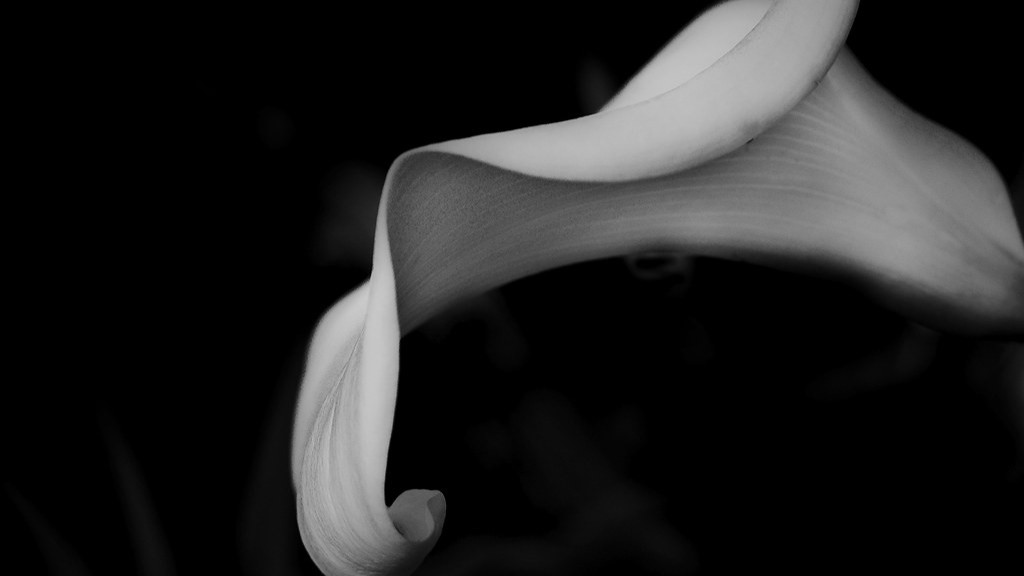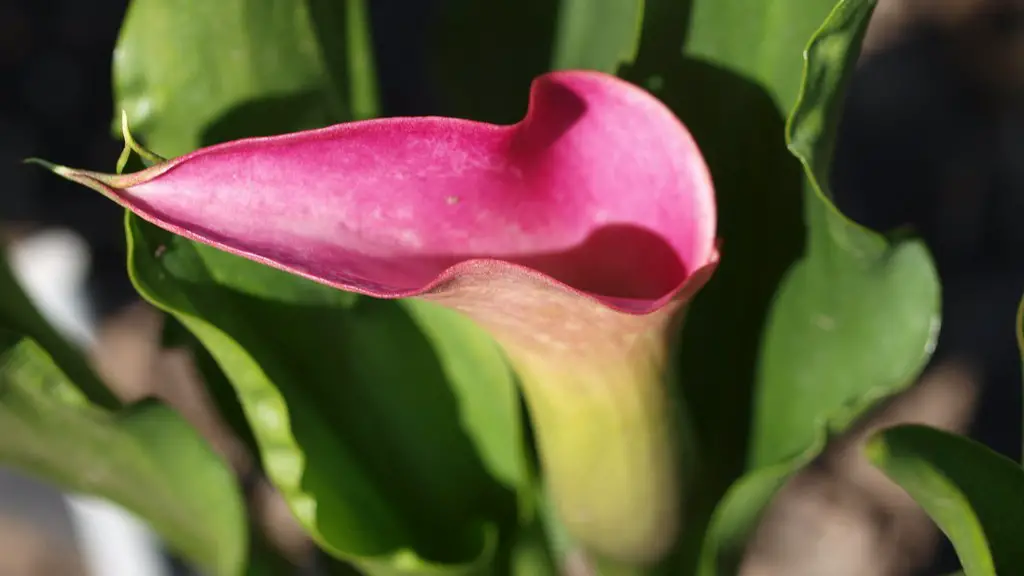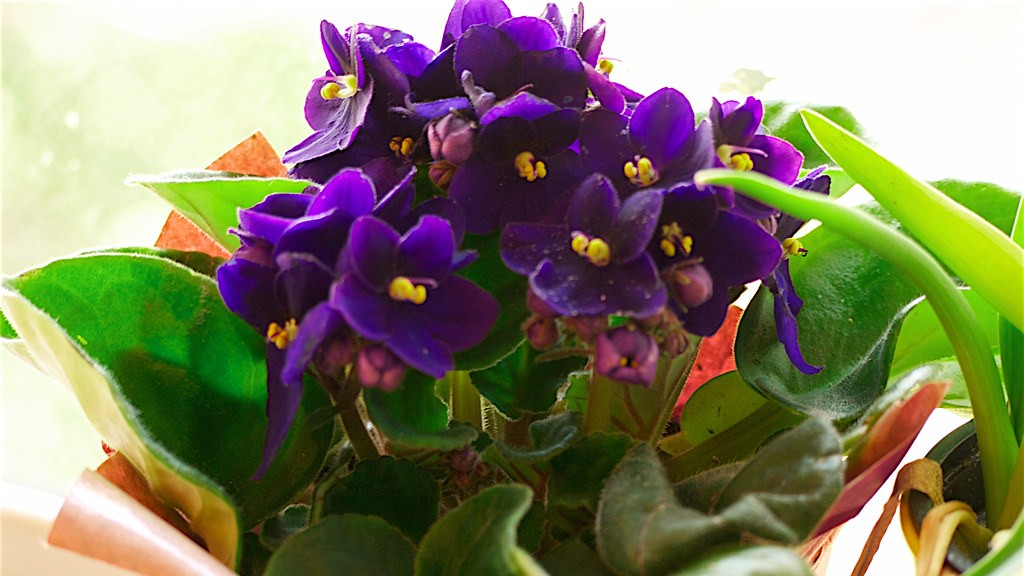African violets (Saintpaulia ionantha) are popular houseplants because of their small size and ability to bloom indoors year-round. Many people don’t know that African violets are native to Tanzania and Kenya, where they grow in shady forests at elevations of 3,000 to 6,000 feet. African violets require cool temperatures to bloom well, with a night temperature of 60 to 65 degrees Fahrenheit and a day temperature of 70 to 75 degrees Fahrenheit being ideal. However, they can also tolerate a wide range of temperatures, from 50 to 80 degrees Fahrenheit. So, if you’re wondering how cold can African violets stand, the answer is that they can withstand quite a lot of cold!
African violets are very sensitive to cold and can be easily damaged by frost. They should be grown in a warm, protected location and should not be exposed to temperatures below 50 degrees Fahrenheit.
What temperature is too cold for African violets?
To ensure that your African violets are healthy and thrive, it is important to keep them in an environment with a consistent temperature of around 70 degrees Fahrenheit. Avoid exposing them to drafts or prolonged periods of time in temperatures below 60 degrees, as this can damage the delicate flowers. With proper care, your violets will bloom beautifully for many years to come.
African violets are a popular houseplant, and for good reason! They’re relatively easy to care for and they bloom frequently. However, they do require a bit of extra care in the winter months.
To take care of an African Violet in winter, provide decent warmth and humidity. Keep the plant away from drafty windows or outside doors, maintaining temperatures between 60 and 85 degrees. Avoid fertilizing too much, and keep the air moist by clustering your plants or using a humidifier. By following these simple steps, you can keep your African Violet healthy and blooming all winter long!
Can I leave my African violet outside
African violets are not typically able to survive outdoors. Although they are hardy plants, the conditions need to be just right in order for them to thrive. Since African violets come from the rainforests of Tanzania, it is unlikely that the conditions in your backyard will be ideal.
African violets are a type of plant that does well in a south window. This is because the sun is in that area for a majority of the day during the winter. For east and west windows, it is important to check that the plants do not get too warm when the sun is in that area. North windows will provide sufficient light to bloom most of the year. African violets should be kept close to the window for maximum light.
Should African violets be fed in winter?
The best time to fertilize African violets is in the spring when the plant is actively growing. Feeding African violets in the winter can damage the plant.
If you are growing African violets, it is best to water them with water that has been allowed to sit overnight. This will help to avoid white rings (ring spot) on the leaves, which can be caused by cold water. It is also important to use a light, porous potting mix to ensure good drainage.
Why are African violets so hard to keep alive?
If you want your African violet to bloom, you need to make sure it’s getting enough light. They need indirect sunlight, as direct sunlight can burn the leaves. Choose a north- or east-facing window for the best results. Also, keep plants away from cold glass and rotate the pot once a week so all leaves receive light.
Repotting these blooms is so important due to their long lifespan. African violets have shallow root systems and their potting mix can quickly become depleted of the nutrients they need to thrive. Also, as they grow and mature, their pots can become crowded, which can lead to problems with drainage. For all of these reasons, it’s advisable to repot your African violets every one to two years. When you do so, be sure to use a pot that is only slightly larger than the one they’re currently in and be sure to use a well-draining potting mix.
Where is the best place to put an African violet
To ensure your plants grow with strong and vibrant colors, it is best to place them in bright, indirect light. A plant stand three feet away from a west- or south-facing window would be an ideal location to provide the right amount of light for your plants. If you cannot place your plants near a west- or south-facing window, they can still grow near north- or east-facing windows, but their leaves may be thinner and spindler, and they may be less likely to bloom.
Brushing the leaves of an African violet is not recommended as it can lead to a decrease in plant quality and size.
How often should a African violet be watered?
If you are forgetful or busy, one way to make sure your African violets are never over watered is by setting up a wicking system. A wicking system is when you water the plants from the bottom, so the plant can only take up as much water as it needs, and the roots are always moist but never waterlogged.
As the plant grows, some of the older leaves on the outer ring will turn brown. This is the normal aging process of the African Violet plant, and it’s time to remove them as part of routine plant grooming.
Can you water African violets with ice cubes
Never use ice cubes to water your African violets as the cold water can damage the plants. Use room temperature water instead so that your plants stay healthy and vibrant.
African violets are a beautiful addition to any home and can bloom nearly year-round with the right care. Each bloom lasts for about 2-3 weeks, adding a touch of color and beauty to your home for months on end. With proper care, you can expect your African violets to bloom 10-12 months each year.
Do African violets go dormant in the winter?
African violets are a type of plant that does not have a natural dormancy period. This means that, as long as they have access to warmth and light, they will continue to grow and bloom throughout the year. This is good news for those who want to keep these plants in their homes, as they can enjoy their beauty year-round!
Epsom salts can help to provide plants with essential magnesium and sulfur. These two minerals are necessary for producing beautiful blooms and healthy foliage. To use, mix one and a half teaspoons of Epsom salts in a quart of tepid water. Swirl to dissolve and then water your African violets with the solution once a month.
Final Words
African violets can stand temperatures as low as 50 degrees Fahrenheit. However, they will not bloom if the temperature drops below 68 degrees.
Although African violets are tropical plants, they can tolerate a certain amount of cold. The temperature should not drop below 50 degrees Fahrenheit, however, as this can damage the plants. African violets are also sensitive to drafts, so they should be kept away from windows and doors. With proper care, African violets can thrive in a variety of climates.




